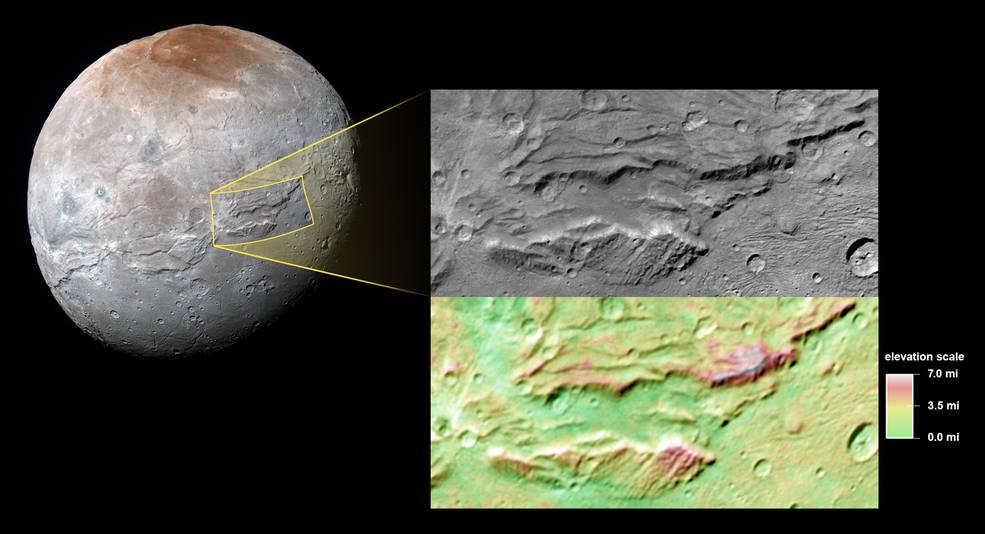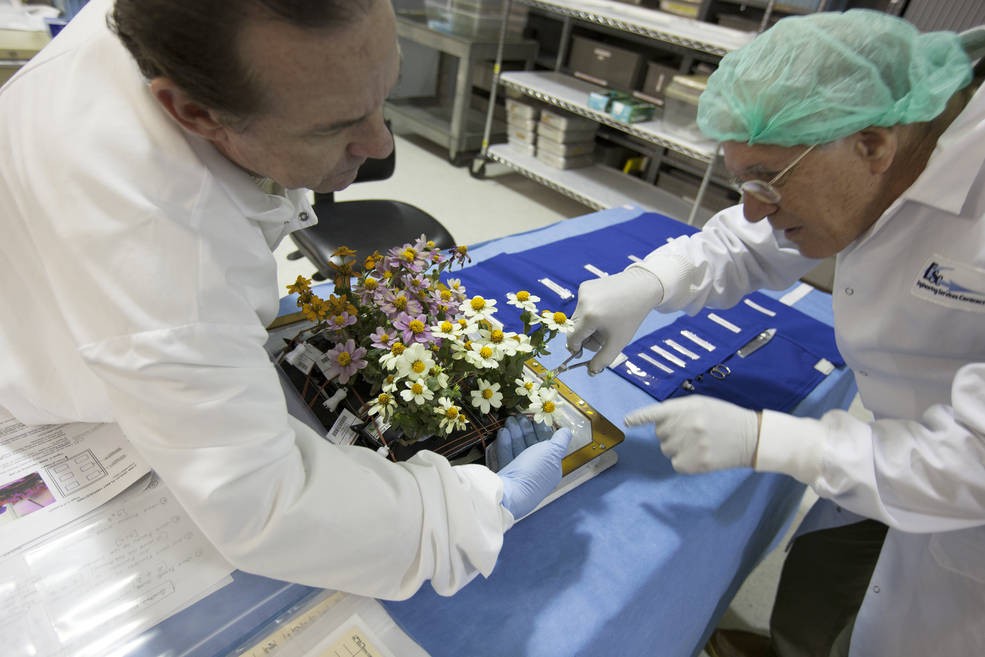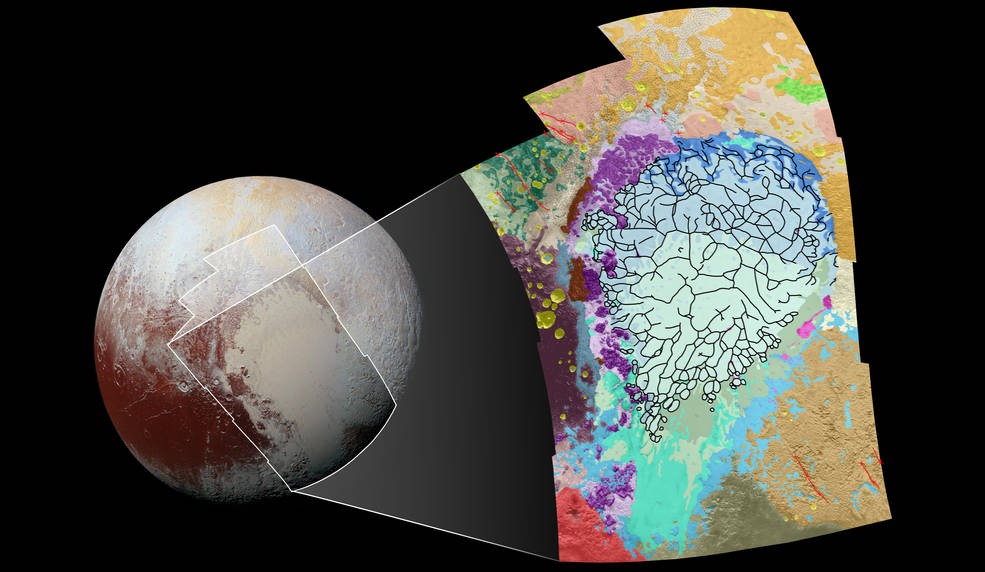Mike Summers, George Mason University
When the New Horizons spacecraft made its flyby of Pluto on July 14, 2015, there was worldwide celebration that we’d finally gotten our first detailed look at this completely new type of planet in the outer reaches of our solar system.
But for those of us on the New Horizons science team, that day and those first images were only the beginning. Since then, I’ve been watching with amazement as the New Horizons spacecraft has transmitted spectacular images back that reveal surprises all over the place. We’ve been making discovery after discovery about the dwarf ice planet Pluto and its moon Charon, and this is likely to continue as we get more data back from the spacecraft. Here’s a summary of just a few of our scientific results to date.
What do we see on Pluto’s surface?
Perhaps one of the biggest surprises that was obvious from the very first images was that Pluto has a surface that is incredibly diverse.
Some surface areas, such as those that are heavily cratered from asteroid impacts, seem to date back to just after Pluto formed, about 4.5 billion years ago. Other regions show evidence of geological activity that may have lasted throughout Pluto’s billions of years of history. Enormous ice volcanoes (cryovolcanoes) must have taken a large fraction of Pluto’s history to form. These volcanoes are driven by warm underground liquids, such as, perhaps, water and ammonia, instead of liquid rock-magma that we have on Earth, and their rough, crusty surface is made of stuff that has erupted from deep within Pluto’s interior.

Other areas, such as the informally named Sputnik Planum – the heart-shaped, Texas-sized nitrogen ice glacier – show no evidence of asteroid impacts at all, suggesting continual surface activity, such as convection of ices from underground. This surface can’t be more than 10 million years old – a blink of the eye on a geological time scale!
Pluto is geologically active! I doubt there’s a single person on Earth who would have expected to see that!
[On the next page, learn what scientists now know about what Pluto is made of…]
[nextpagelink][/nextpagelink]

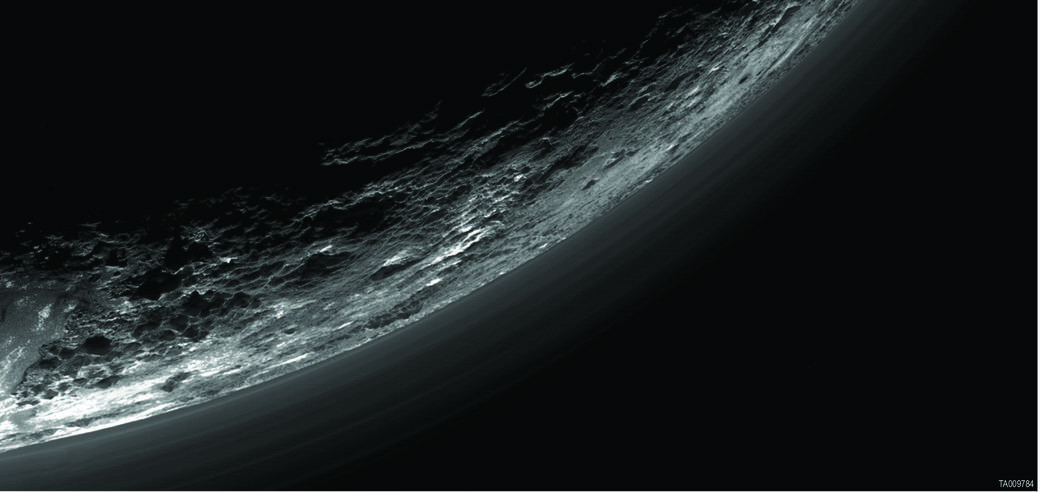
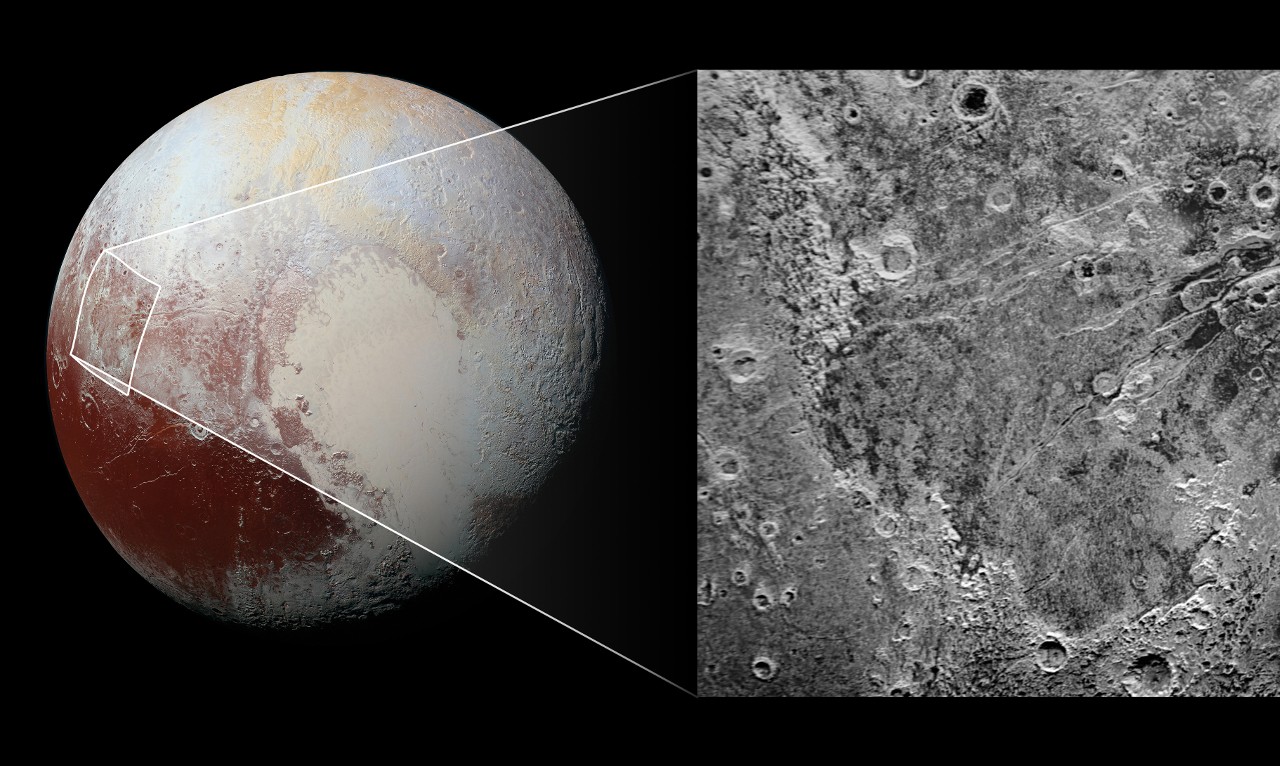



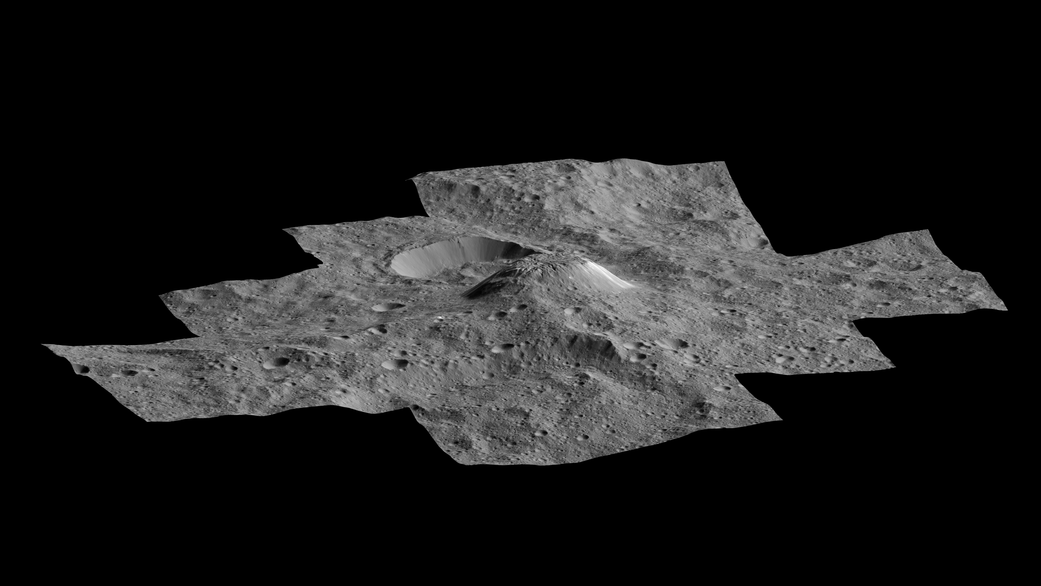


![#YearInSpace: The Science Behind Scott Kelly’s Mission [Infographic]](http://sciencerocksmyworld.com/wp-content/uploads/2016/03/Scott-Kelly-ISS.jpg)

![[Video] Studying Vision and Circulation Problems for Space Station Astronauts](http://sciencerocksmyworld.com/wp-content/uploads/2018/05/video-studying-vision-and-circul.jpg)


